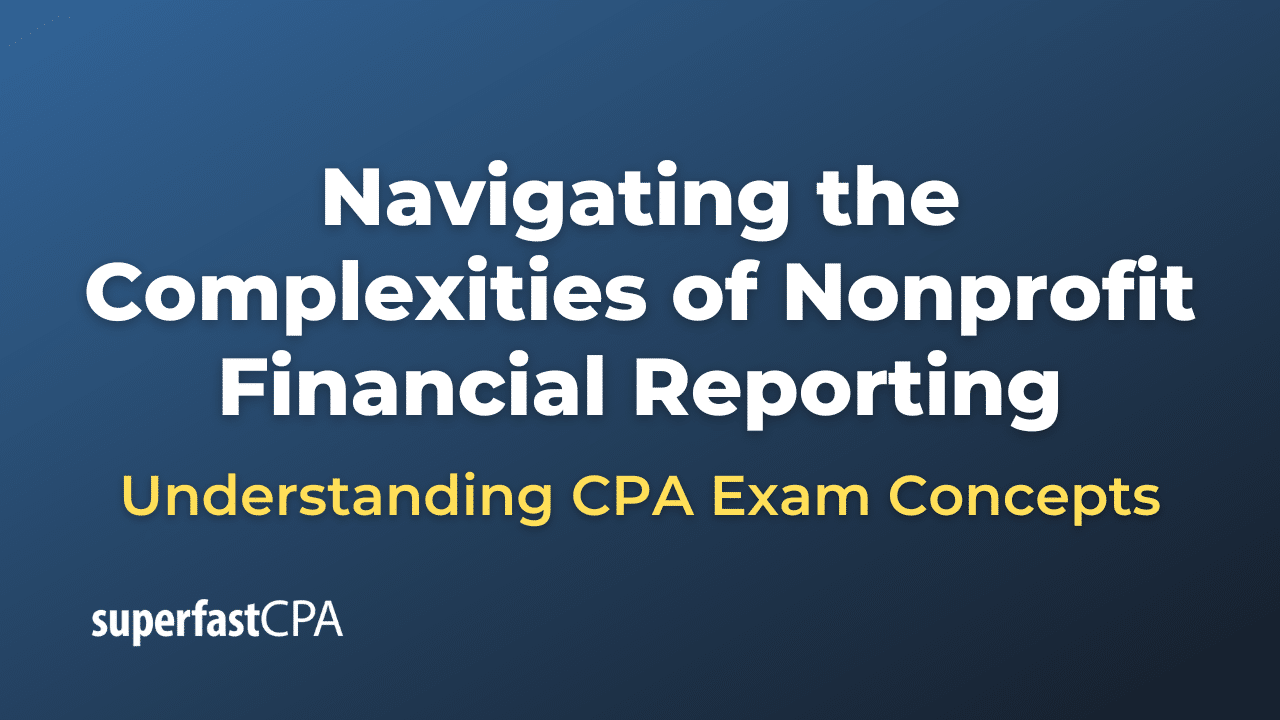Cost Principle
The cost principle, also known as the historical cost principle, is an accounting principle that states that assets and liabilities should be recorded at their original cost. This means that when a company purchases an asset, such as a piece of equipment or real estate, it records the asset on its balance sheet at the purchase price.
This principle is important for maintaining consistency and reliability in financial reporting. It provides a clear, objective method for recording the cost of assets and liabilities, which can be verified with supporting documents such as invoices or contracts.
However, the cost principle has its limitations. It doesn’t account for changes in market value over time. For example, a piece of real estate might appreciate in value, but on the balance sheet, it’s still recorded at its original purchase price. Similarly, certain assets like technology or machinery might depreciate or become obsolete over time, but the cost principle doesn’t account for these changes.
To address these limitations, companies use methods such as depreciation, amortization, and impairment to adjust the carrying value of assets over time. Also, some assets like marketable securities are recorded at fair value, not historical cost, in accordance with specific accounting standards.
Example of the Cost Principle
Suppose a business purchases a delivery van for its operations. The purchase price of the van, including all associated costs such as sales taxes and delivery fees, is $25,000. According to the cost principle, the business would record the van as an asset on its balance sheet at this original cost of $25,000.
Five years later, the van might only be worth $10,000 due to depreciation (wear and tear, age, mileage, etc.). Despite this decrease in market value, the cost principle dictates that the van remains on the company’s books at its original cost of $25,000.
To account for the loss in value over time, the business uses depreciation. Let’s say the company chooses to depreciate the van over a period of 10 years, recognizing an expense of $2,500 each year ($25,000 / 10 years). After five years, the van’s accumulated depreciation would be $12,500 ($2,500 * 5 years), and its net book value on the balance sheet would be $12,500 ($25,000 – $12,500), which more closely reflects its reduced market value.
However, despite the depreciation and the lowered net book value, the original cost of $25,000 remains as the basis for the asset in the accounting records, demonstrating the application of the cost principle.













